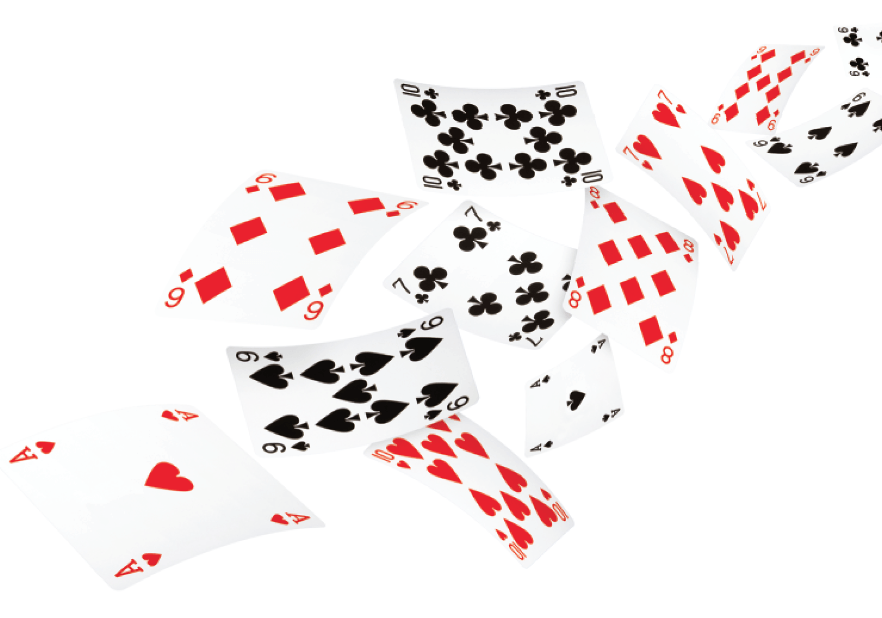Take This Poker Quiz

Poker is a game of skill. Do you have what it takes?
The deal: At a seven-handed final table with blinds at 100,000/200,000 and a 25,000 ante, you pick up A-K in the lojack (first-to-act) seat with a 24,000,000 stack.

Should you:
Fold
Call
Raise to 500,000
Raise to 700,000
Score:
Fold (0 Points)
Call (1)
Raise to 500,000 (10)
Raise to 700,000 (6)
When everyone checks or folds to you, you should raise with all your playable hands, especially your best hands like A-K. Perhaps if your opponents were overly passive, there would be some merit in limping from time to time with hands that want to see a cheap flop, like 3-3 and 9-8. But with your best hands, you want to build the pot. A raise to between 2 big blinds and 2.5 BBs should be your default size. You do not want to raise larger because that will result in your opponent folding out many hands that you dominate and that you want to keep in the pot, such as A-9 and K-10.
You raise to 500,000 and only a good, tight aggressive player with 10,400,000 calls from the big blind.

The flop: Now comes A-A-8. The pot is 1,300,000. Your opponent checks.
Should you:
Check
Bet 400,000
Bet 700,000
Bet 1,200,000
Score:
Check (2 Points)
Bet 400,000 (10)
Bet 700,000 (8)
Bet 1,200,000 (5)
As the preflop raiser, a small flop bet should be your default play on uncoordinated boards that connect well with your range. A-A-x is as uncoordinated as they come. Your range, which contains all the best A-x hands, crushes your opponent’s range, which does not contain the best A-x hands (because they would likely 3-bet preflop) and also contains a bunch of junk. While it may seem logical to bet large, that will enable your opponent to fold junk easily. When you bet small, hands that you crush like K-9 and Q-J should continue. Betting larger is a good idea only if it is obvious because of a physical tell that your opponent likes his hand and will happily pay off large bets on all three streets.
As the preflop raiser, a small flop bet should be your default play on uncoordinated boards that connect well with your range. A-A-x is as uncoordinated as they come. Your range, which contains all the best A-x hands, crushes your opponent’s range, which does not contain the best A-x hands (because they would likely 3-bet preflop) and also contains a bunch of junk. While it may seem logical to bet large, that will enable your opponent to fold junk easily. When you bet small, hands that you crush like K-9 and Q-J should continue. Betting larger is a good idea only if it is obvious because of a physical tell that your opponent likes his hand and will happily pay off large bets on all three streets.
You bet 400,000 and your opponent calls.

The turn:
Now comes 2, showing A-A-8-2. The pot is 2,100,000. Your opponent checks.
Should you:
Check
Bet 600,000
Bet 1,300,000
Bet 2,000,000
Score:
Check (0 Points)
Bet 600,000 (5)
Bet 1,300,000 (8)
Bet 2,000,000 (10)
Now it is best to apply maximum pressure on the opponent because he has a medium stack and wants to outlast the short stacks.
Betting large ensures he either gets all-in on the turn or river with his aces, while also protecting your trips against a potential flush draw. The only time a large bet does not maximize value is when the opponent has exactly a marginal made hand like 4-4, but even then, he may decide your large turn bet indicates lots of bluffs in your range, which may induce him to hero-call.

The decision: You bet 2,000,000. Your opponent thinks for a while before going all in.
Should you:
Fold
Call
Score:
Fold (0 Points)
Call (10)
Even though you lose to a few hands like 8-8 and A-2, you crush your opponent’s range. Your opponent would at least consider going all-in with any ace and may also sporadically bluff with flush draws. When you beat most of your opponent’s value bets as well as his bluffs, you have an easy call.
You made the call and your opponent turned up a semi-bluff with 9-7. By betting large on the turn, you put him in a difficult spot where he could not profitably call, forcing him either to fold and give up his equity or go all-in, hoping to make you fold your hands worse than trips. Notice that if you instead bet smaller on the turn, your opponent would have been able to call profitably, resulting in far less money in the pot as a huge favorite.

The river: Js, showing A-A-8-2-J and awarding you a giant 21.1M (105 BB) pot.
Your opponent was not a luckbox. Ship it!
What the quiz scores indicate:
30–40 Ready for the high stakes
20–29 Solid grinder
10–19 You can beat someone who doesn’t look at his cards
0–9 Poker is not the game for you

The Poker Coaching Podcast with Jonathan Little mixes high-level poker strategy and inspirational advice. It includes audio recordings of Weekly Poker Hand, where Little reviews a poker hand in depth; A Little Coffee, which explores topics that have captured his students’ interest; and Little Poker Advice, with short, actionable tips for better poker and a better life. For a sample of the information on the podcast, check out the quiz on these pages.
Jonathan Little, a professional poker player and WPT Player of the Year, has amassed more than $7 million in live tournament winnings, written 14 best-selling books and teaches at pokercoaching.com. @jonathanlittle

















